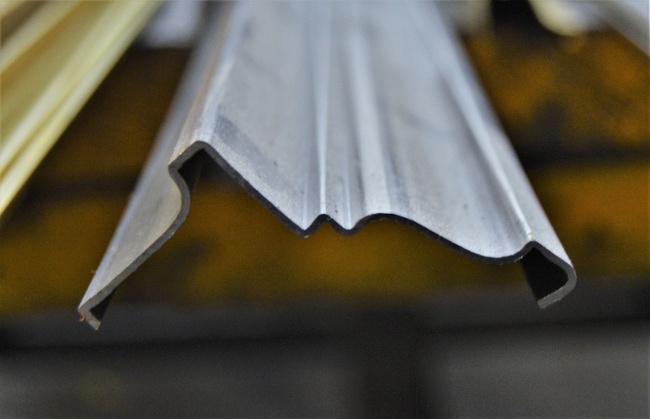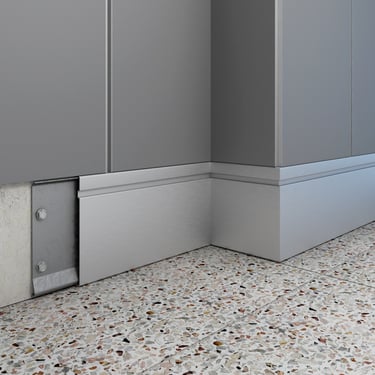Commercial Roll Formed Products: A Guide to the Best Materials
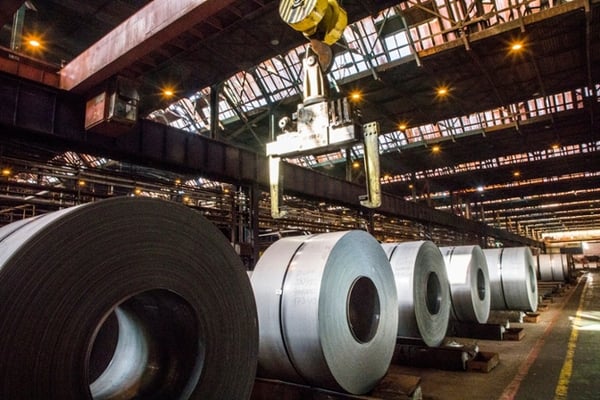
From reliable carbon steel to elegant copper, there’s a perfect metal to bring your vision to life each with unique properties and benefits. But how do you choose the right one for your specific needs?
This guide will make your decision-making process more manageable. We’ll dig into the common metals used in roll forming products and their unique strengths and characteristics:
- Formability
- Strength
- Cost
- Outdoor use
- Looks
This guide will help you choose the perfect metal for your roll-forming parts, whether building solar panel racking mounts or designing power distribution systems.
Popular Metals in Commercial Roll Forming Products
Metal roll forming profiles can be created using various materials. Here’s a look at some common materials used by metal roll forming companies:
- Carbon/Alloyed Steel
- Stainless Steel
- Aluminum
- Copper, Brass, Bronze
Carbon/Alloyed Steel Roll Forming
Sometimes, designers specify carbon content in these steels to improve strength or formability.
Formability: High-strength alloyed steels have unusual properties and springback, creating challenges for roll formers. Sometimes, your manufacturer must overbend by 25 degrees or more to achieve a 90-degree bend. Mild steels, with a carbon content not exceeding about 0.20%, are easy to form and weld. Steels with a higher carbon content (about 0.4% to 1.0%) can’t be welded with the usual processes but can receive heat treatment.
Strength: Many alloyed steels are solid. Heat treatment cannot increase the hardness and strength of mild steel. Steels with a higher carbon content have better yield and stability.
Cost: A thin, inexpensive carbon steel can account for just 40-50% of the cost of your part. Controlling the chemical composition costs vendors more, so buyers must pay more for metal whose chemical composition has been specified.
Outdoor Use: Galvanized steel is the most affordable metal we’re discussing today, so it's used extensively outdoors. However, some lighter zinc-coated galvanized surfaces don’t offer the same protection as stainless or copper; they’re best for indoor use. If yours is an outdoor project, make sure you’re using the best exterior metal grade.
Looks: Carbon steel isn’t pretty. If looks matter to your project, look elsewhere. Powder paint and liquid paint coatings are common ways to protect carbon steel. You will get protection and the exact color you want while taking advantage of the low cost of plain carbon steel.
Other: Steel is heavy. If portability matters to your project, try a lighter metal like aluminum.
Roll Forming Stainless Steel
Stainless steels have mid-range heaviness and come in a large variety. Their properties vary greatly based on alloying elements, heat treatment, etc.
Formability: Most stainless steel can be formed similarly to carbon steel, but consider its hardening properties and high springback when making your design. Stainless steel typically falls into one of three major classes:
- Austenitic: stainless steels are ductile but work hardening limits forming. The most commonly used alloys in this group are 304 and 316.
- Ferritic: Some 400 series types have limited ductility and restricted formability. Some alloys harden quickly, making welding them tough.
- Martensitic: cannot be cold formed except for the 403, 410, and 41 steel
Strength: Stain steel's strength and corrosion resistance often make it the material of choice in guns, engines, and other transportation equipment.
Cost: More expensive than carbon steel and aluminum, stainless steel can account for up to 80% of your total price. Unfortunately, the extra power your vendor must use to form stainless steel increases labor costs. Roll-forming stainless steel is still cheaper than luxury metals, and ferritic 400 metals are more affordable than 300s.
Outdoor use: Stainless steel is desirable for outdoor commercial and industrial purposes. Why? See the next paragraph.
Looks: Who doesn’t love stainless steel’s clean look? Its chromium oxide layer is what makes it shine so beautifully. Stainless steel has a high percentage of chromium and other elements, making it resistant to staining, rust, acidic materials, and heat. It does require occasional cleaning. Stainless steel also comes in a variety of brushed and polished surface finishes.
Other: Stainless steel is hygienic, resistant to abrasion, and easy to clean, perfect for hospitals and labs where sterility is necessary.
Roll Forming Aluminum
First off, don’t specify your material simply as “aluminum.” There are numerous aluminum alloys, and their properties vary greatly based on alloying elements, heat treatment, etc. The 3000 series of alloys, such as 3003, 3004, and 3105, are the most popular.
Formability: Overall, roll forming aluminum is not as difficult for your vendor as roll forming steel. It’s soft and malleable. Most aluminum shapes are extruded, but roll forming is your best bet for using a sheet thickness below 0.06”.
Strength: Aluminum is generally strong, including mid-high tensile strength. As aluminum oxidizes, it creates a layer around itself. Manufacturers can force this via anodizing, immediately strengthening the metal. However, since aluminum types are all over the map in terms of characteristics, ensure you grab the right grade.
Cost: Reasonable.
Outdoor use: Aluminum is typically not designed to last long outdoors.
Looks: Aluminum will oxidize. Notably, aluminum doesn’t need a protective coating -- anodizing leaves it with a polished finish.
Other: Aluminum is lightweight and easily transportable.
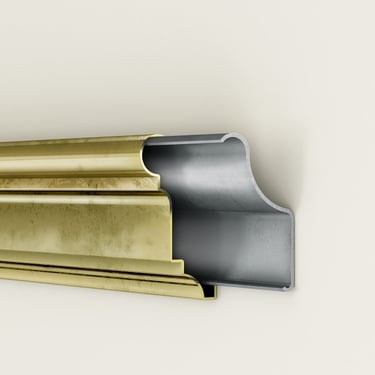 Copper, Brass, Bronze Roll Forming
Copper, Brass, Bronze Roll Forming
Copper is a primary component in other nonferrous alloys. Brass is a copper and zinc alloy with a bright, gold-like color. Bronze, a type of brass, is an alloy of copper and tin.
Formability: Copper is a ductile metal. More ductility means more accessible roll forming for your vendor, which means better odds of success. Brass is very malleable and versatile. Regarding architecture, red metals, and aluminum are the most common nonferrous materials. They are the easiest to manipulate into designs.
Strength: The “red metals” maintain strength after being formed. They are equivalent to stainless steel in resilience or form but not as strong structurally. They are incredibly durable and immune to the elements once oxidized.
Cost: They are called luxury metals, so you’re correct if you guessed they are pretty expensive.
Outdoor use: Metals are prominently featured in building materials. They can last hundreds and hundreds of years.
Looks: They’re best for applications in which beauty counts. With red metal, your project will stand out. Brass, for example, has a bright, gold-like color and a high corrosion resistance. But be aware that red metals turn somewhat green if they oxidize.
Other: If these metals’ prices are unrealistic for you, clad your part instead.
Here is a summary of the properties of each metal:
|
Metal |
Formability |
Strength |
Cost |
Outdoor Use |
Appearance |
Other |
|
Carbon steel |
Good |
Good |
Good |
Good |
Fair |
Heavy |
|
Stainless steel |
Good |
Good |
High |
Good |
Excellent |
Hygienic |
|
Aluminum |
Excellent |
Good |
Moderate |
Good |
Fair |
Lightweight |
|
Copper alloys |
Excellent |
Excellent |
High |
Excellent |
Excellent |
Durable |
Commercial Roll Formed Products: Let’s Summarize Your Needs
To choose the ideal metal for your roll forming project, consider these five key factors:
- Budget: How much are you willing to invest in the material?
- Appearance: Is aesthetics a priority?
- Durability: Will your project be exposed to harsh conditions?
- Strength: Does your project require structural integrity or a particularly robust metal?
- Formability: Are the desired features worth the challenges and costs of complex forming processes?
Understanding your project priorities will help you design the perfect roll-forming metal. For further guidance, download our free guide on designing exceptional roll-forming parts.
(Editor’s note: This article was originally published in September 2017 and has recently been updated.)
You May Also Like
These Related Stories
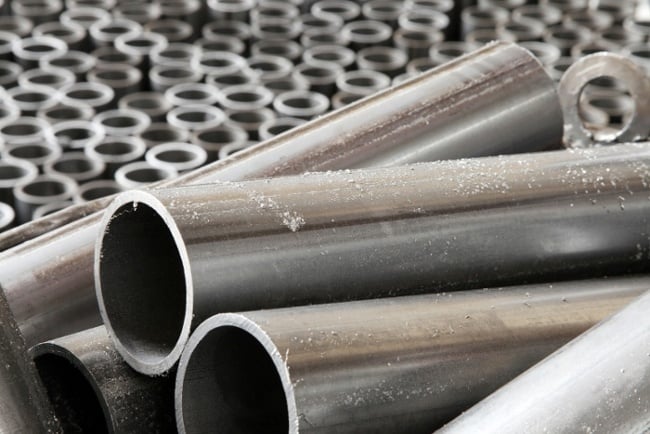
Beyond Steel: Mastering Metal Properties for Your Roll Forming Project
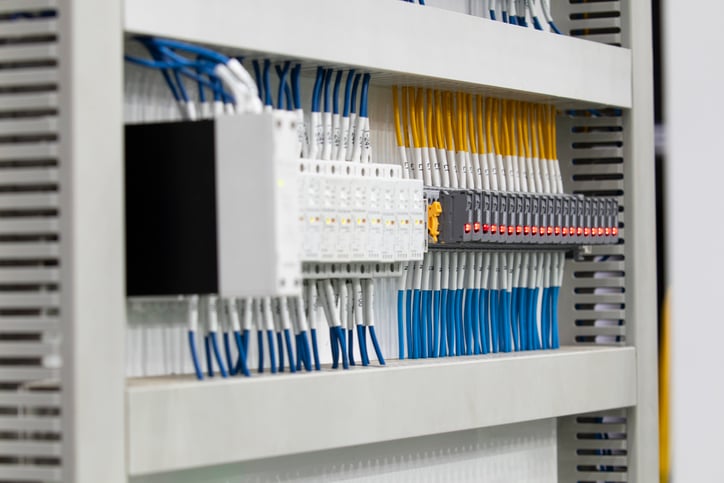
Power Distribution System Components: Roll Forming Benefits
